10 Of The World's Oldest Animals
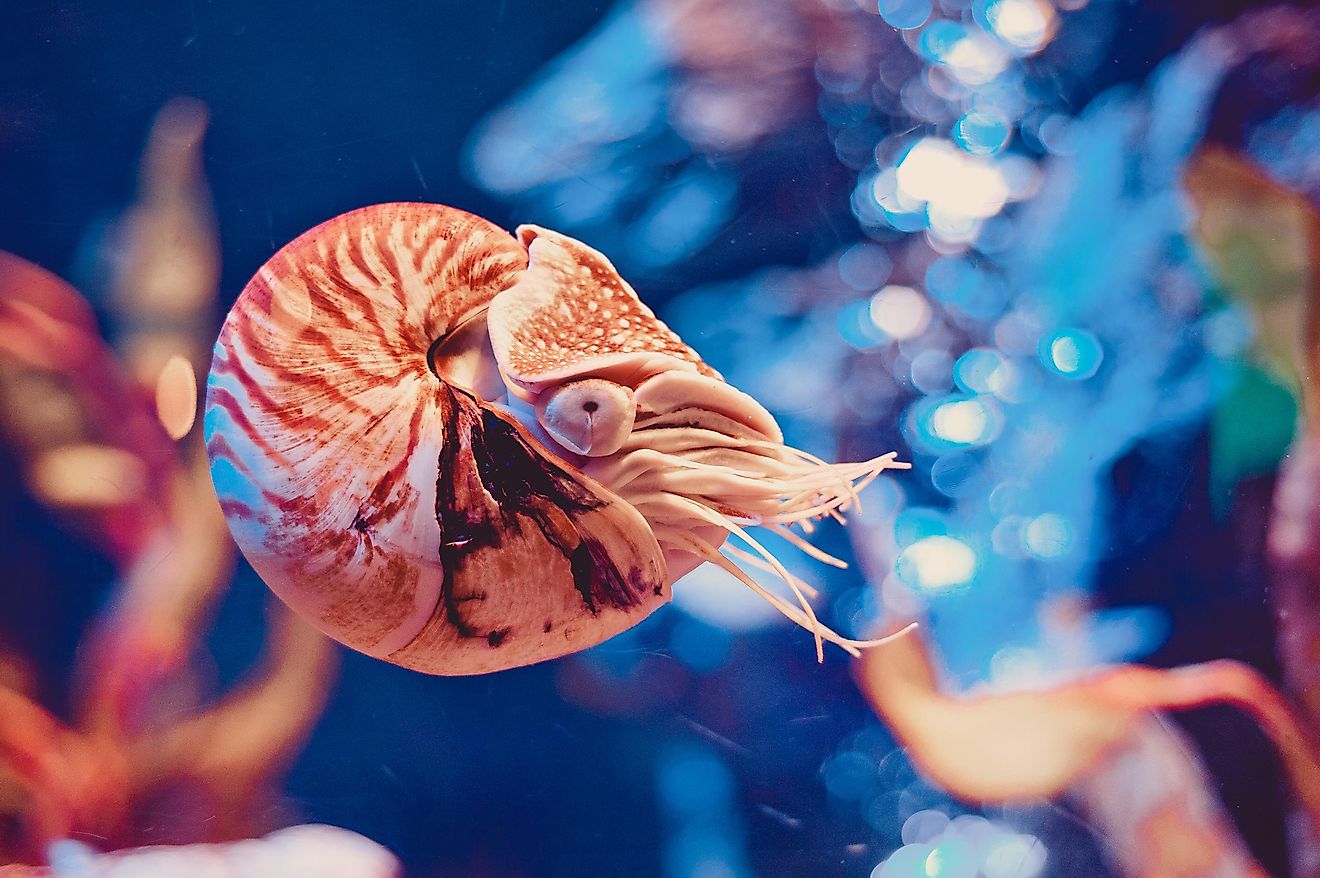
- The coolest cephalopod of them all, nautilus, is maybe close to extinction. People harvest them for various reasons. Unfortunately, those reasons are, do not mind the word, selfish needs like decorative use of shells, mother-of-pearl found inside or just to make an aquarium look pretty.
- One remaining specimen of coelacanth was found in 1938, thoroughly shocking the scientists.
- Despite the gentle nature of their velvety skin, velvet worms were actually water resistant!
When we discuss what the oldest living beings on the planet are, it is crucial that we know two things. First, we are still not done exploring or discovering all the different fossils in the rocks around us.
On top of that, the methods used to determine the age of something that has been fossilized for billions of years are still undergoing changes that will make them more precise. So, pardon the scientific community for allowing themselves a margin for error of a few million years.
10. Cyanobacteria
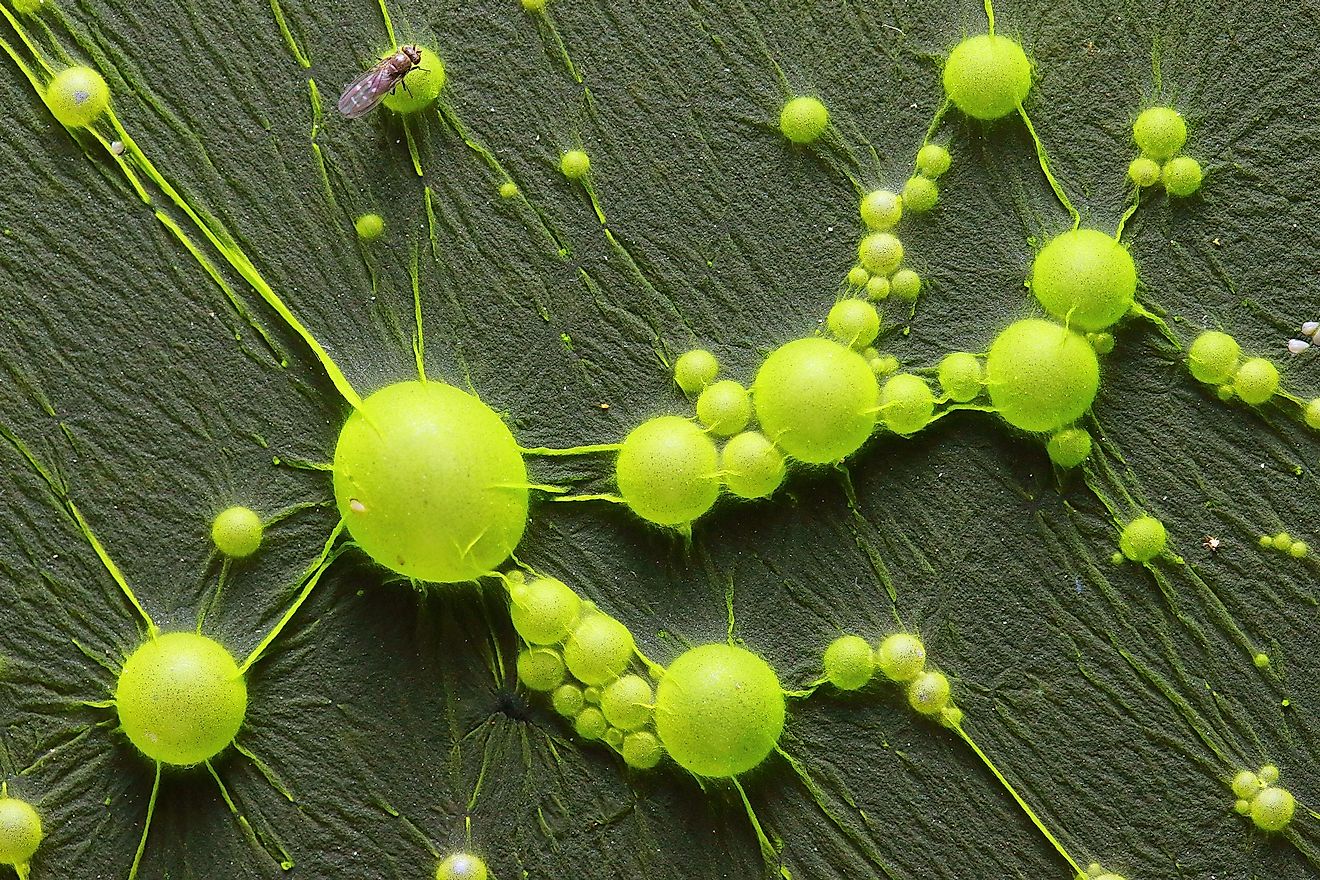
There is evidence in Greenland that suggests how this type of bacteria constructed what could technically be described as the first successful colonization, forming layers called stromatolites. These organisms are absolutely everywhere in the world, in both land and the waters of Earth, and it has been there for possibly 3.7 billion years.
9. Comb Jellies
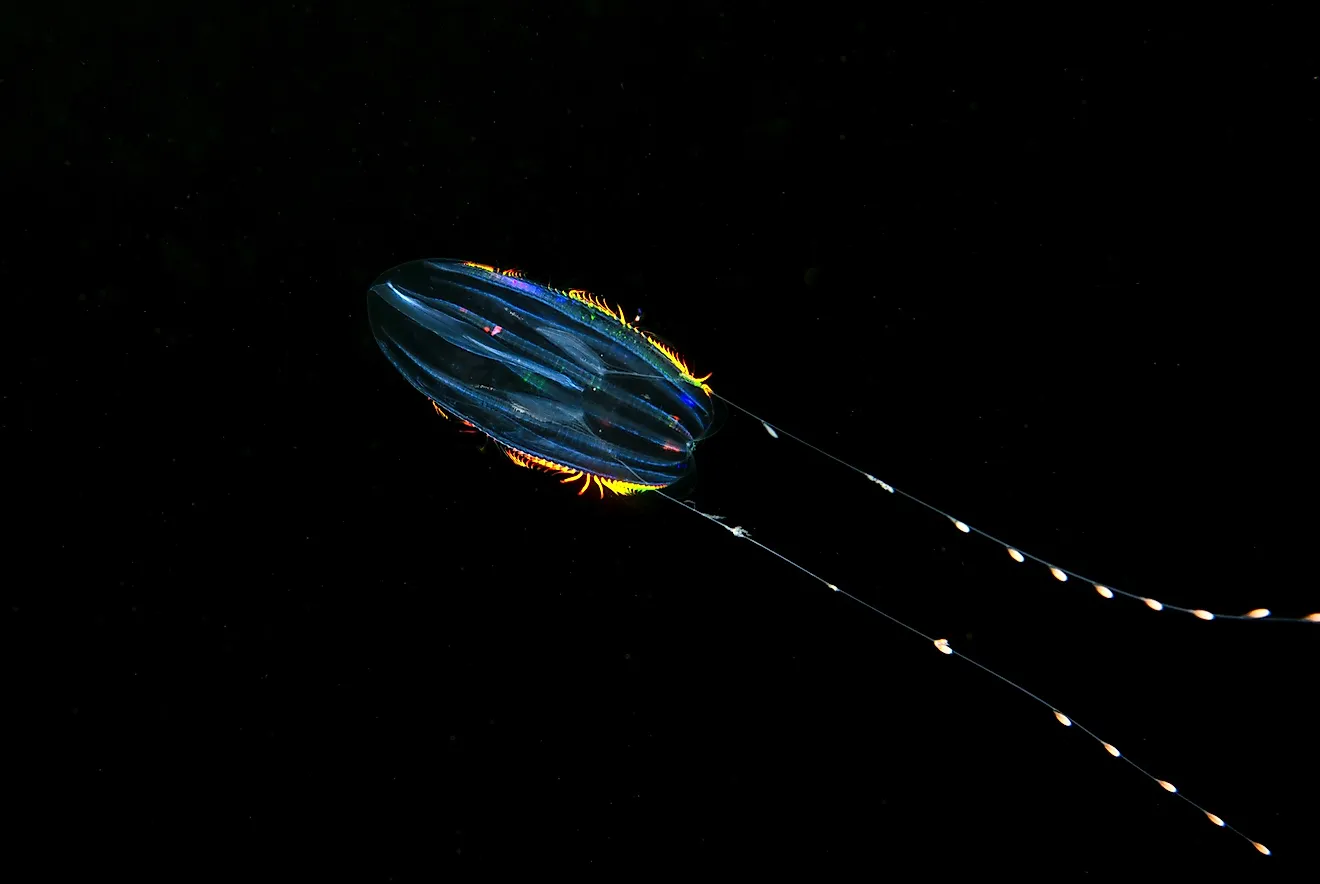
Also called ctenophores, these are possibly the first ‘’real’’ animals, if we admit the simple structure of our previous entry. They are more than 515 million years old, and what is the most impressive thing about this species is that it shares more than 50% known genetic diseases with humans.
8. Sponges
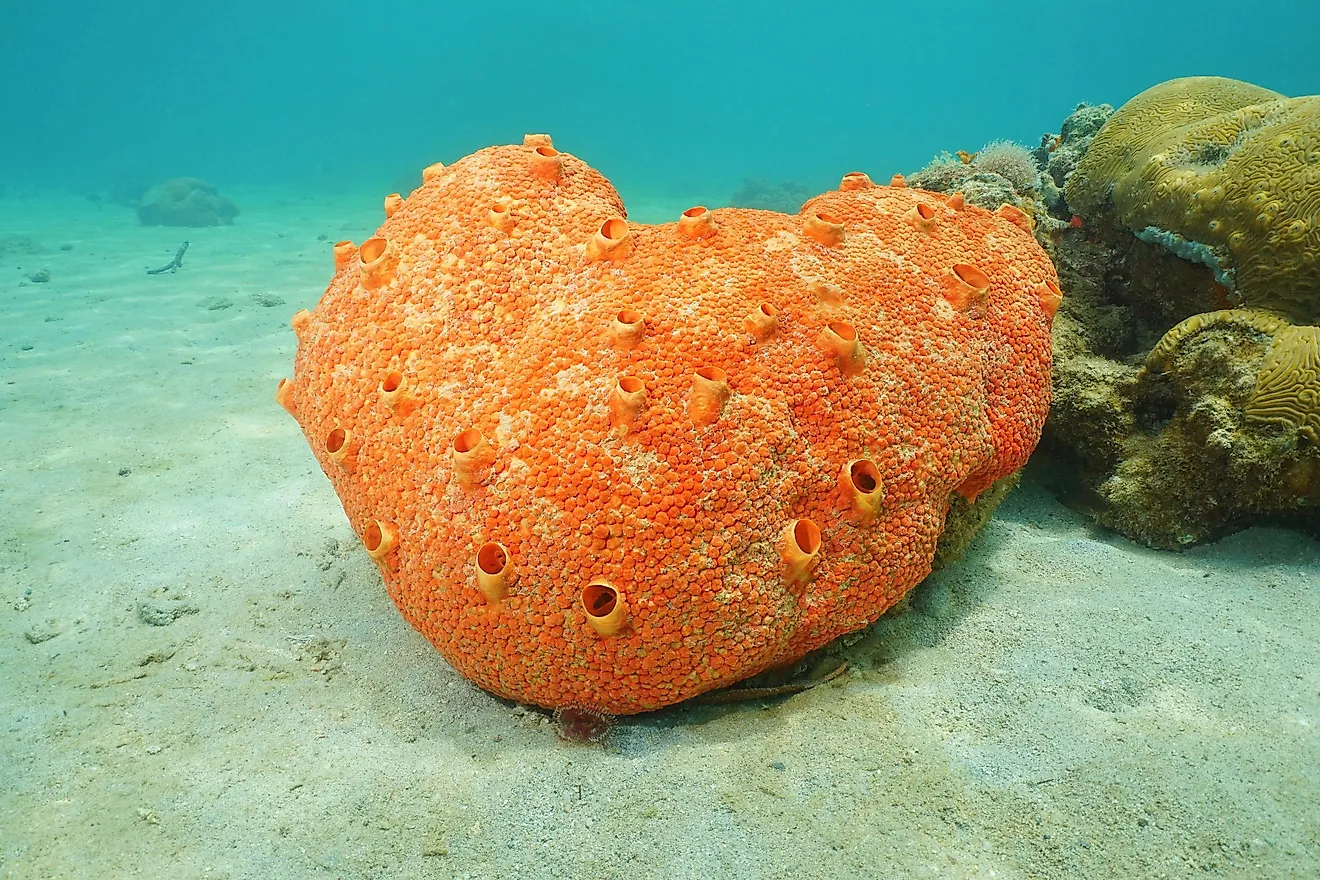
It is indeed a tough call of who gets seniority between ctenophores and sponges. Sponges are between 500 and 600 million years old, and there are close to 10,000 different species on the planet. Sponges, again, are definitely a prehistoric type of animal, as they have nothing protecting their cells, no tissue, and technically, no organs.
7. Jellyfish
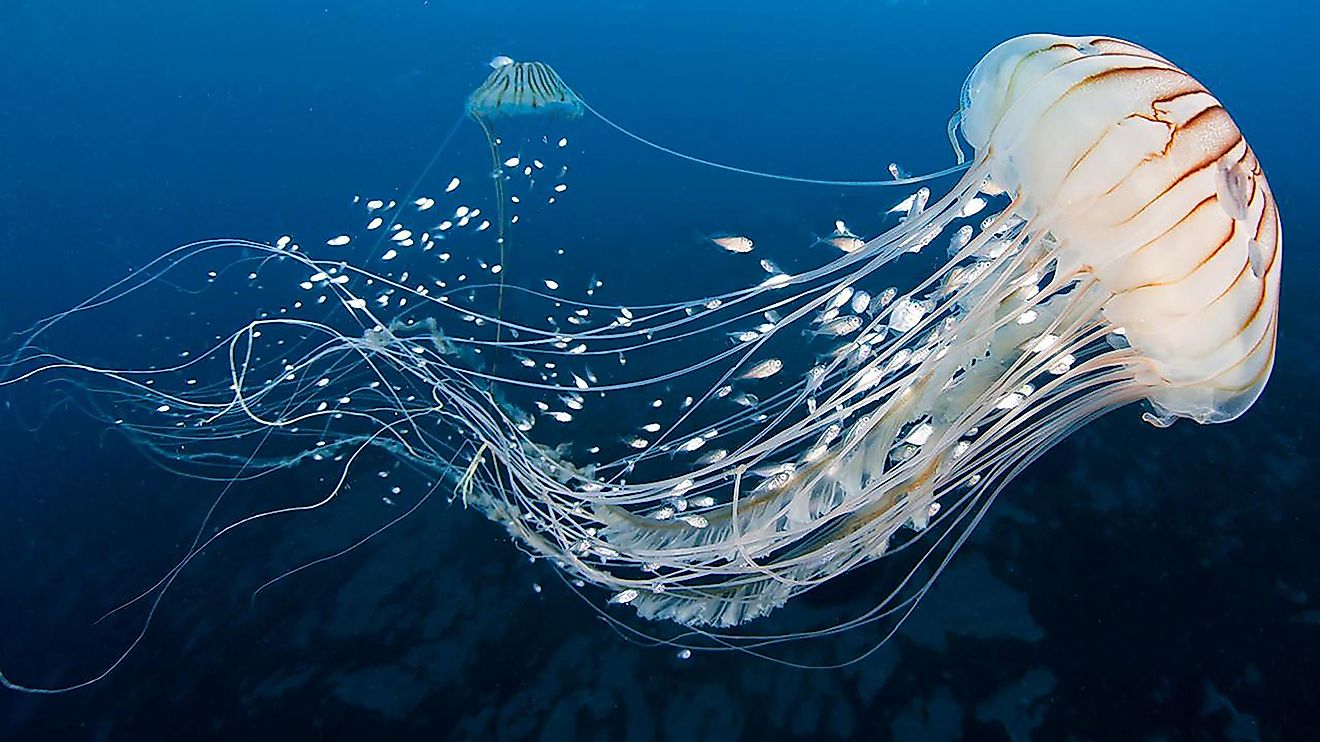
Unlike sponges, jellyfish have multiple organs, and they are close to 500 million years old. Some recent studies on jellyfish show how maybe we were wrong when their nervous system was not recognized and that there perhaps is something to it, although very distinct from any other species on Earth.
6. Velvet Worms
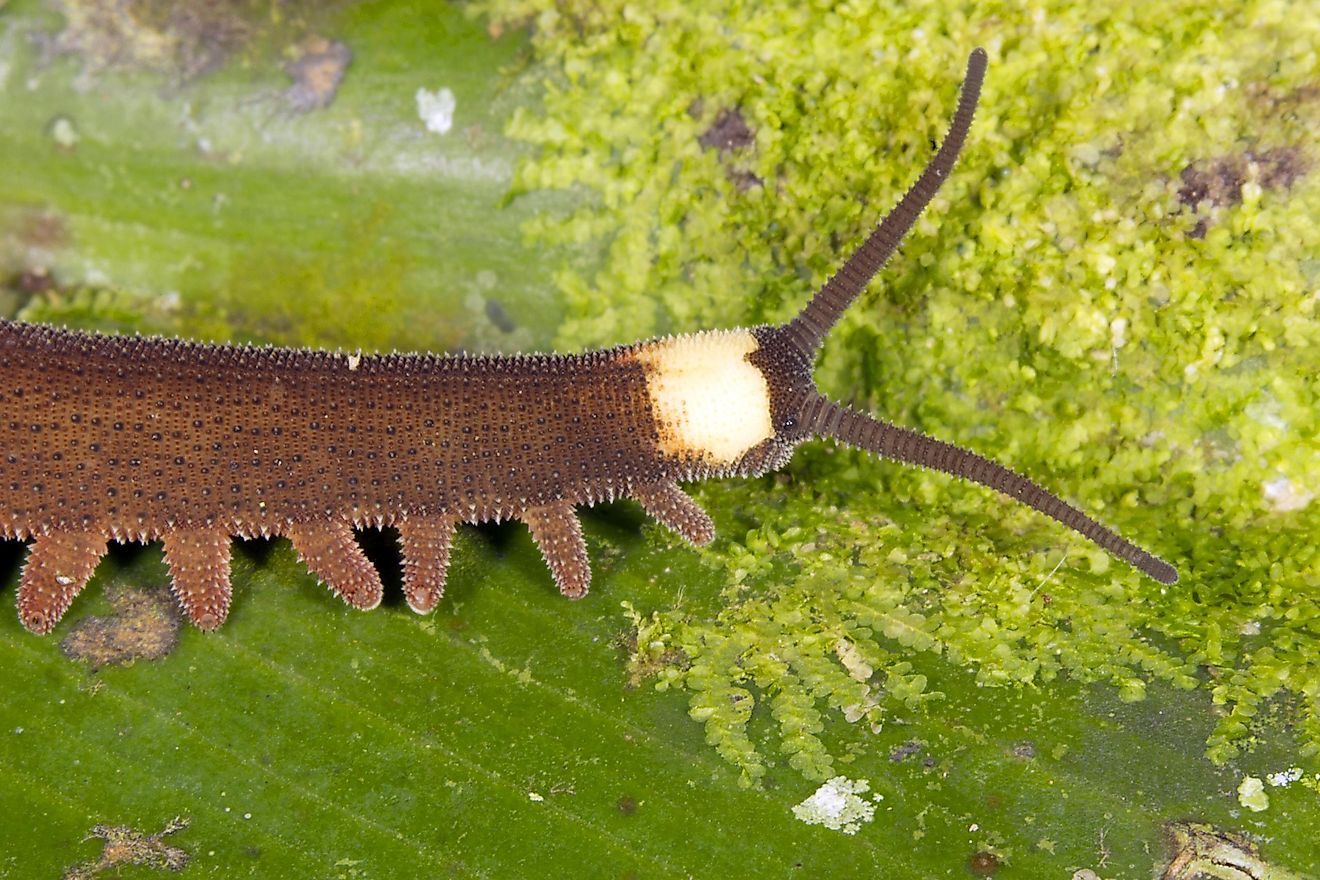
Unlike most worms, these 430 million-year-old arthropods do not have a solid outer skeleton. Their skin resembles velvet and they walked on up to 43 pairs of hook-like feet.
5. Nautilus
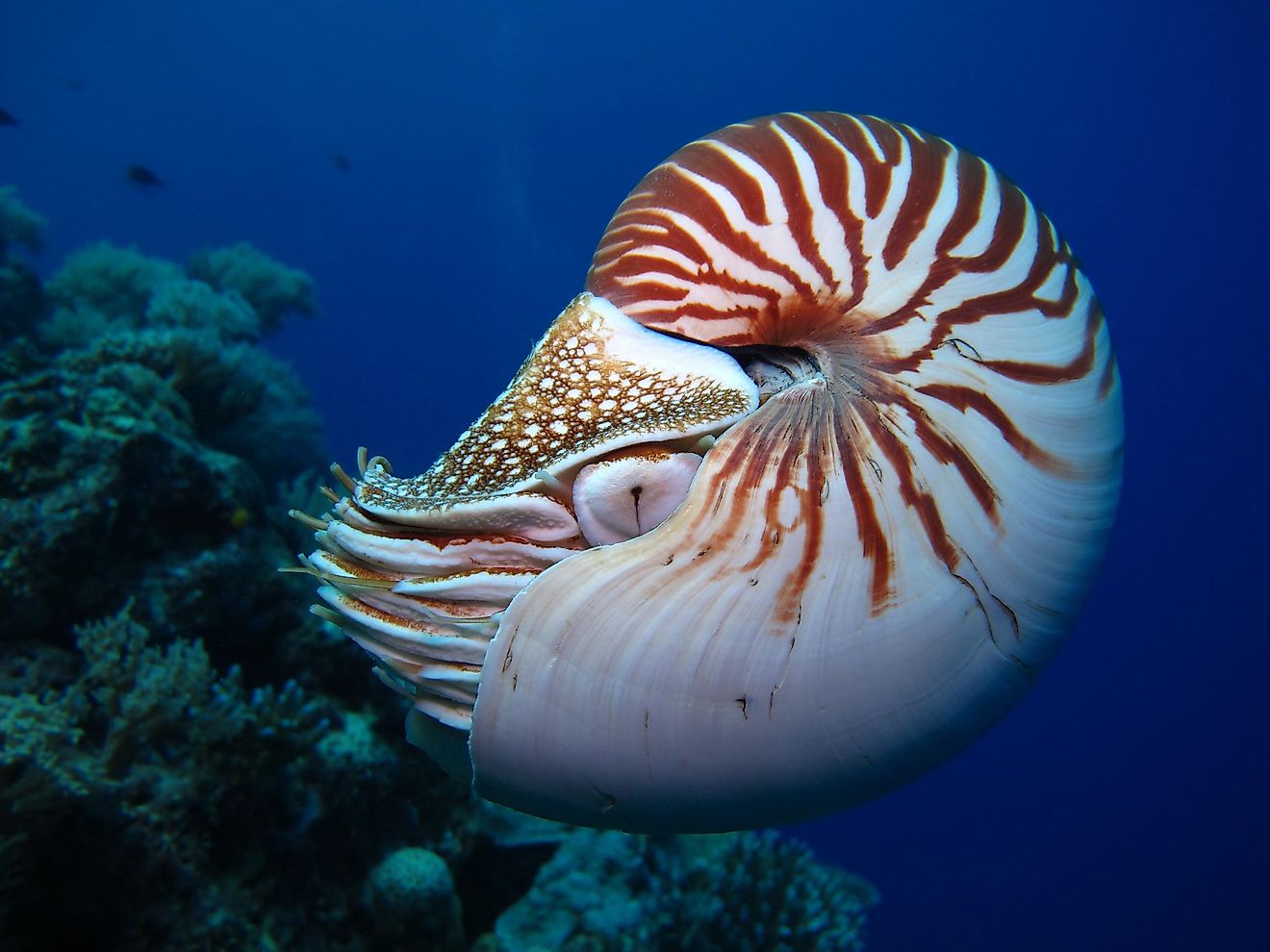
Possibly the coolest name you will find here comes from this cephalopod. With more than 2,500 species discovered, they have been around between 400 and 500 million years.
4. Horseshoe Crab
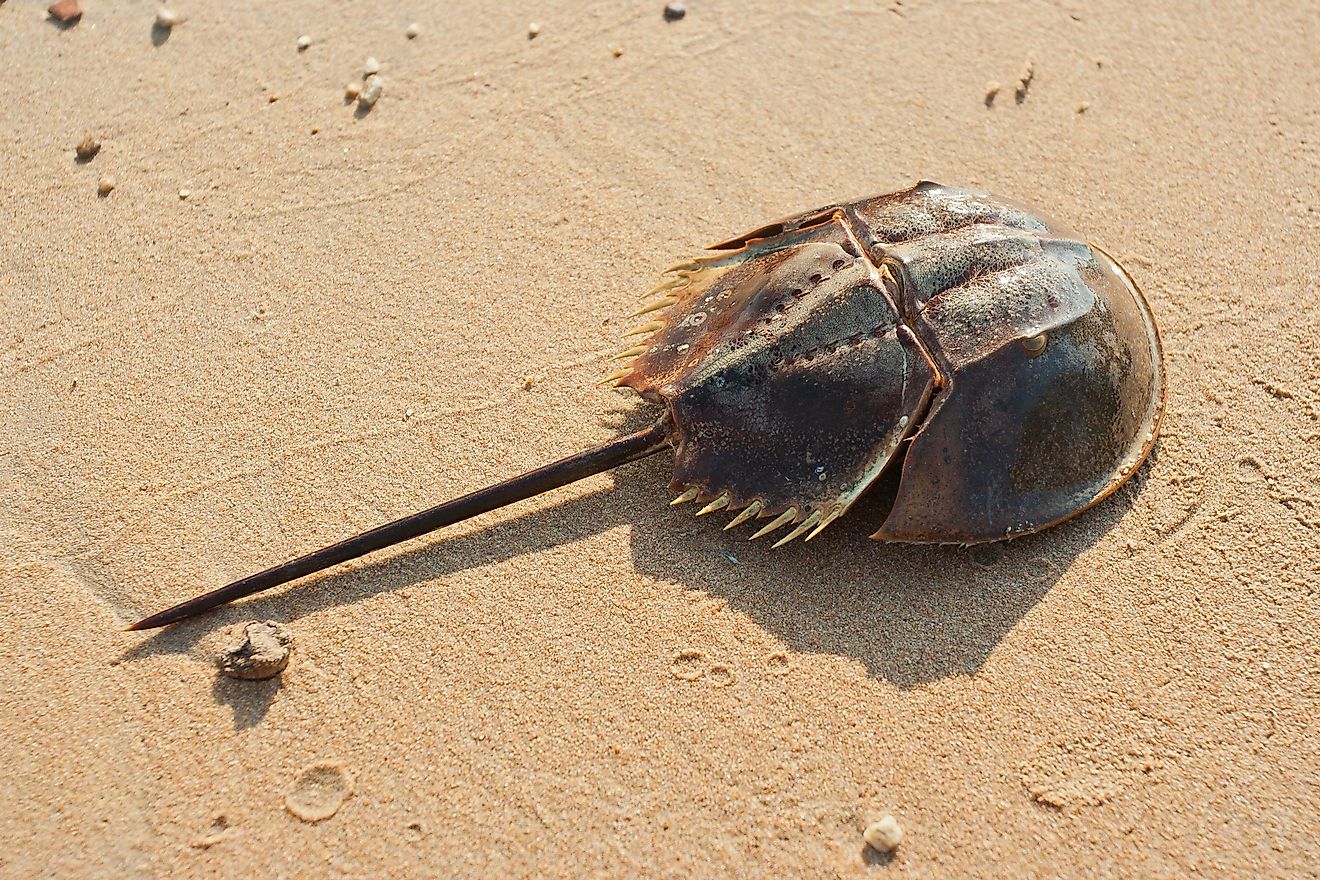
In 2008, scientists found fossils of this peculiar crab that were 445 million years old. Like many other species on the planet, horseshoe crabs have also met people who use them to test vaccine safety. Around half a million of these crabs are harvested each year for these purposes.
3. Sharks
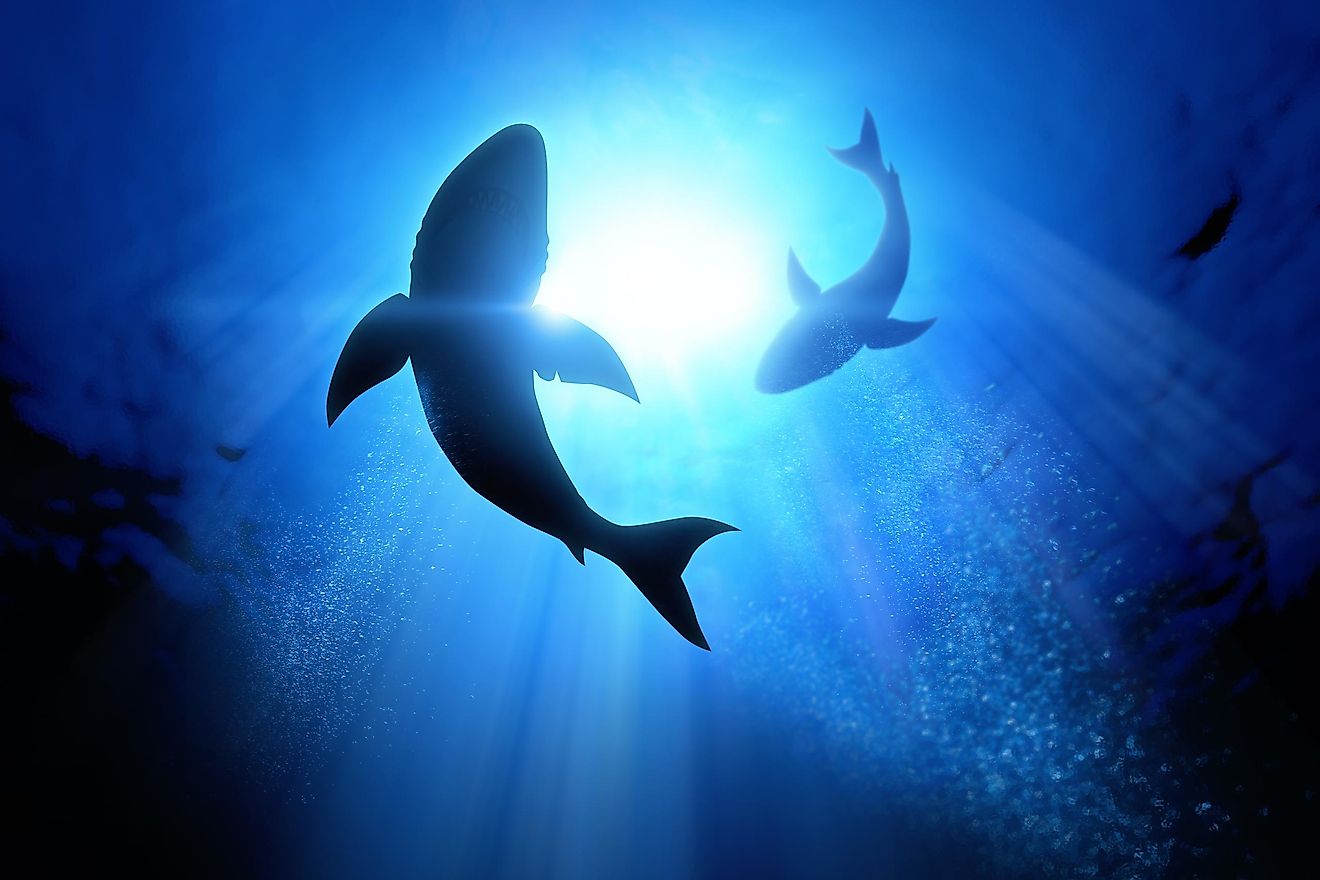
Determining the age of early shark fossils showed how sharks are probably older than trees. 450 million years ago, the first shark species were toothless, but did they evolve into something that can chew or what?
2. Elephant Shark
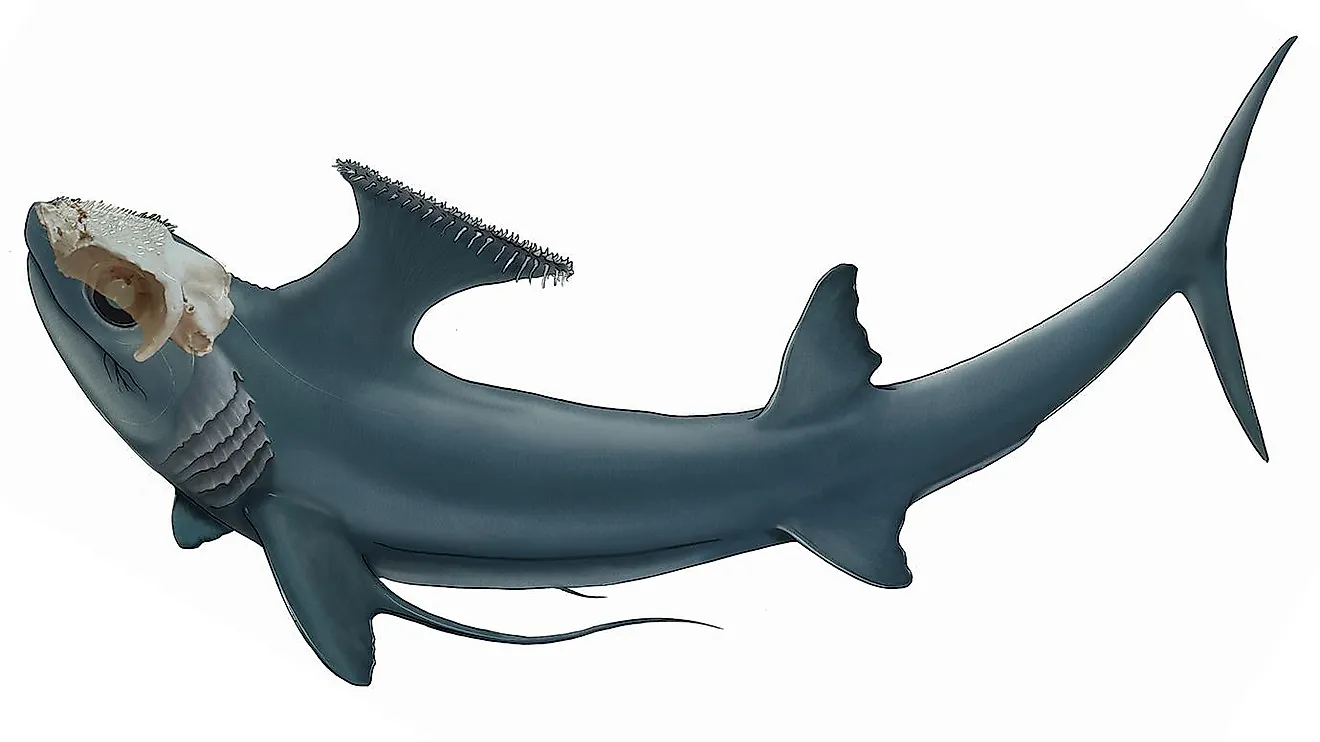
Belonging to the ratfish group, this fellow looks like a shark but actually is not one. However, elephant sharks did evolve from sharks about 400 million years ago. The genome of this particular cartilaginous fish is so unique, it will probably be used to provide information on the evolution of skeletons that have bones.
1. Coelacanth
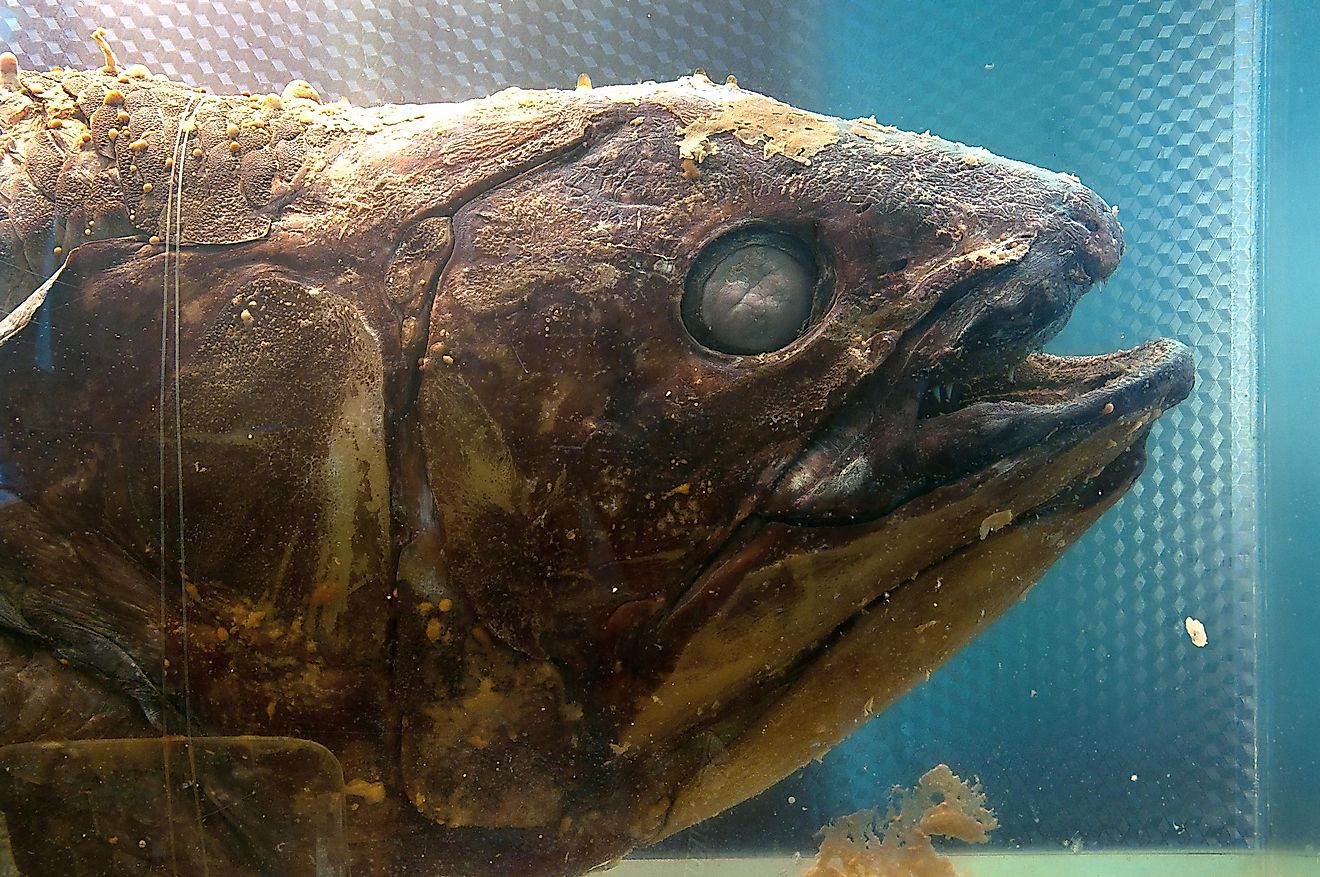
The oldest fossils of this fish show how it lived around 360 million years ago. Also, it looks like this species was extinct around 65 million years ago. At the same time, our beloved dinosaurs met the same destiny.











